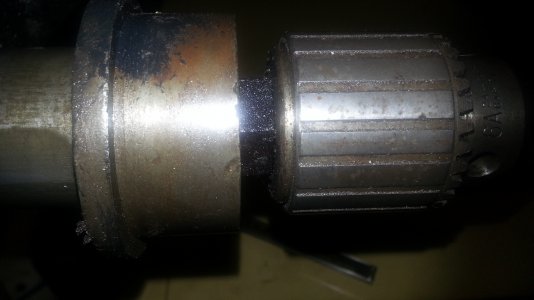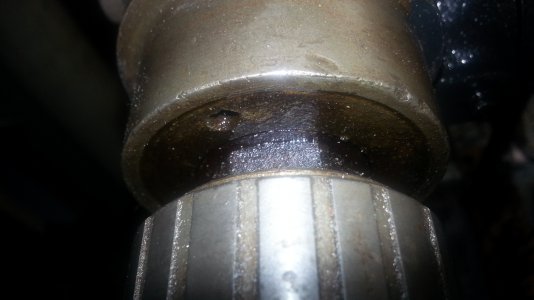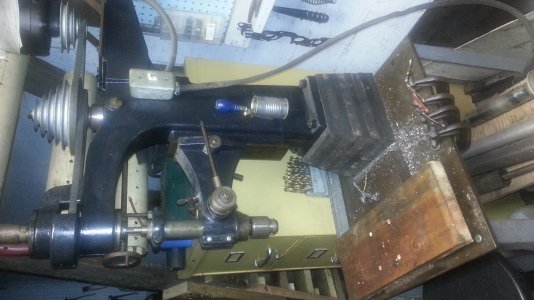- Joined
- Aug 31, 2015
- Messages
- 33
Lots of great responses guys big thanks! I should have mentioned I am just a hobbist starting out (if that wasn't already apparent). The metal lathe has a Morse taper 2 tailstock and 3 jaw side, I think my Frankenstein press has a mt2 but I haven't pulled the Jacobs Chuck out to verify this. (Thanks brino for that how to link!). I like the idea of using collets and the tapered shaft and realise there is more mechanical grip that way. With some of the bits being tapered some being ground and some just being 1 inch or so with no taper, I would rather just make them all consistent. They will only be used every now and then so I will just turn the bits down and really tighten up the Jacobs.
Thanks to you guys for covering the fact that the bits shanks are not hardened, that's news to me but it makes good sense. The shanks of the bits look ground with a grinder so I assumed they were hardened.
Thanks to you guys for covering the fact that the bits shanks are not hardened, that's news to me but it makes good sense. The shanks of the bits look ground with a grinder so I assumed they were hardened.



